Solution for f (x)=a (xh)2k equation Simplifying f (x) = a (x 1h) * 2 k Multiply f * x fx = a (x 1h) * 2 k Reorder the terms fx = a (1h x) * 2 k Reorder the terms for easier multiplication fx = 2a (1h x) k fx = (1h * 2a x * 2a) k fx = (2ah 2ax) k Solving fx =To find f (xh) we put (xh) into the formula for the function instead of x Example 1 Differentiate the function f (x) = 2x2 4x Note that if we differentiate 2·x2 we get 2·2x ( we found above that the derivative of x2 was 2x) The line y = 4x has the gradient 4 so the derivative of 4x is 4Consider the graph of the parabola y=ax^2 Its vertex is clearly at (0,0) Now, if you replace x with xh in any equation, its graph gets shifted to the right by a distance of h

Write The Quadratic Function In The Form F X Chegg Com
F(x)=a(x-h)^2+k khan academy
F(x)=a(x-h)^2+k khan academy-2 x 1 = f(x 2) f(x 1) x 2 x 1 (61) It's a linear approximation of the behavior of f between the points x 1 and x 2 7 Quadratic Functions The quadratic function (aka the parabola function or the square function) f(x) = ax2 bx c (71) can always be written in the form f(x) = a(x h)2 k (72) where V = (h;k) is the coordinate of the vertexAlgebra Graph f (x)=a (xh)^2k f (x) = a(x − h)2 k f ( x) = a ( x h) 2 k Graph



1
f(x) = a(x − h)2 k form Determine the vertex and the axis of symmetry of the graph of the function f(x) = x2 4x − 5Let's start with an easy transformation y equals a times f of x plus k Here's an example y equals negative one half times the absolute value of x plus 3 Now first, you and I ide identify what parent graph is being transformed and here it's the function f of x equals the absolute value of x And so it helps to remember what the shape of thatFor instance, when D is applied to the square function, x ↦ x 2, D outputs the doubling function x ↦ 2x, which we named f(x) This output function can then be evaluated to get f(1) = 2, f(2) = 4, and so on Higher derivatives Let f be a differentiable function, and let f ′ be its derivative
(a) For any constant k and any number c, lim x→c k = k (b) For any number c, lim x→c x = c THEOREM 1 Let f D → R and let c be an accumulation point of D Then lim x→c f(x)=L if and only if for every sequence {sn} in D such that sn → c, sn 6=c for all n, f(sn) → L Proof Suppose that lim x→c f(x)=LLet {sn} be a sequence in D which converges toc, sn 6=c for all nLet >0 tex\bf \qquad \textit{parabola vertex form}\\\\ \begin{array}{llll} y=a(x{{ h}})^2{{ k}}\\\\ x=a(y{{ k}})^2{{ h}} \end{array} \qquad\qquad vertex\ ({{ h2 f00(ξ)(x 1 −x 0) Here, we simplify the notation and assume that ξ ∈ (x 0,x 1) If we now let x 1 = x 0 h, then f0(x 0) = f(x 0 h)−f(x 0) h − h 2 f00(ξ), which is the (firstorder) forward differencing approximation of f0(x 0), (53) Example 52 We repeat the previous example in the case n = 2 and k = 0 This time Q 2(x) = f(x
The submatrix H i, j is of dimension P 2 × P 2 and represents the contribution of the jth band of the input to the ith band of the output Since an optical system does not modify the frequency of an optical signal, H will be block diagonal There are cases, eg, imaging using color filter arrays, where the diagonal assumption does not holdStart studying y=a(xh)^2k Learn vocabulary, terms, and more with flashcards, games, and other study toolsX k ∆kf(a) k!
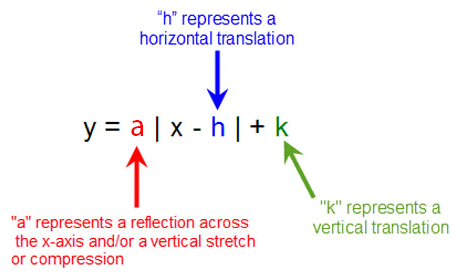



Untitled Document




Ex Write Ax 2 Bx C In The Form A X H 2 K Negative A Youtube
Solve Step Graph f(x) = x 2 6x 8 Complete the square * f(x) = x 2 6x 99 8 Take half of 6 and square it f(x) = (x 3) 21 (x 3) 2 = x 2 6x 9Vertex (3,1) Vertex is (h,k)This means the vertex is shifted 3 units left and 1 unit down from the origin *Check out completing the square for help with this step How to graph a quadratic function using transformations∆kf(a) = f(ax) real a,x difference formula f = polynomial 9 Euler's summation X a≤k




Please Help Write The Quadratic Function In The Form F X A
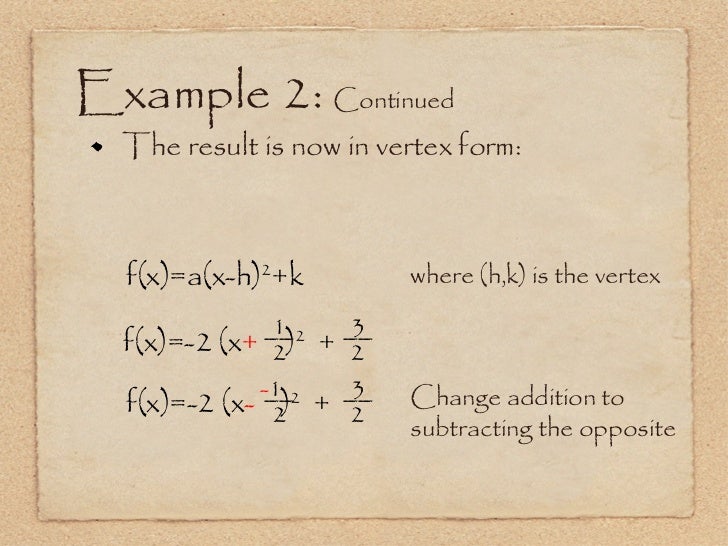



Parabola
Answer to Write the quadratic function in the form f(x)= a(x h)^2 k Then, give the vertex of its graph f(x)= 2x^2 4x 4 By signing up, for Teachers for Schools for Working ScholarsIn Vertex form h and k represent the point where the vertex is at h is the opposite sign value for the Xpoint value and k is the Ypoint value So since the vertex is (2,3) the Xvalue is the opposite sing on 2 (which is 2) Looking at out options, a and b can be eliminated because they have 4 and 4 where h isXk = X k x k!
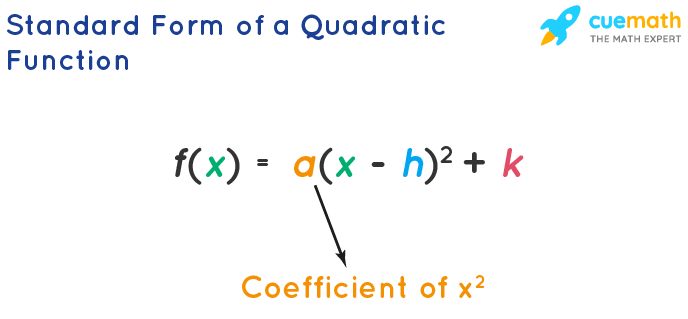



Quadratic Function Formulas Definition Graphs Examples




Ppt 2 1 Linear Quadratic Functions With Modeling Powerpoint Presentation Id
Express f (x) in the form a (xh)^2 k f (x)= x^24x8 Thank You!!!Here are some simple problems to practice putting one function inside of another Practice these to get the hang of it Given the functions f(x), g(x), h(x) and k(x) below, find each of the values or compositions indicated in the problems that followFor the base function f (x) and a constant k > 0, the function given by g(x) = k f (x), can be sketched by vertically stretching f (x) by a factor of k if k > 1 or by vertically shrinking f (x) by a factor of k if 0 < k < 1 Horizontal Stretches and Shrinks For the base function f (x) and a constant k, where k > 0 and k ≠ 1, the




The Graph Of F X X 2 Has Been Shifted Into The Form F X X H 2 K What Is The Value Of H A 1 B Brainly Com




Describe The Graph Of F X A X H 2 K When A 0 Is The Graph The Same As That Of G X Ax 2 Bx C When A 0 Explain Study Com
Solution for Write the function in f(x) = a(x − h)2 k form Determine the vertex and the axis of symmetry of the graph of the function f(x) = 9x2 54xTema Funciones Cuadráticas f(x) = a(x – h)2 k Descripción Las funciones cuadráticas f(x) no siempre están en el formato a(x – h)2 k Para escribirlas así debemos completar el cuadrado Este formato es conveniente para el trazado de la gráfica, ya que podemos trasladarlasX kis the solution 2 Compute a search direction Compute the vector p kthat de nes the direction in nspace along which we will search 3 Compute the step length Find a positive scalar, ksuch that f(x k kp k)




Quadratic Function Formulas Definition Graphs Examples




Chapter 3 1 Quadratic Functions And Models Example
F (x) = a(x h) 2 k, where (h, k) is the vertex of the parabola FYI Different textbooks have different interpretations of the reference " standard form " of a quadratic function Some say f ( x ) = ax 2 bx c is "standard form", while others say that f ( x ) = a ( x h ) 2 k is "standard form"F (x) = a (x h) 2 k where h = b/ (2a) and k = (4ac b 2) / (4a) Do not worry about what k is, but you might want to memorize the value for h The xcoordinate of the vertex is b/ (2a)Express f ( x) in the form a ( x − h) 2 k f (x) = −4x 2 24x − 17
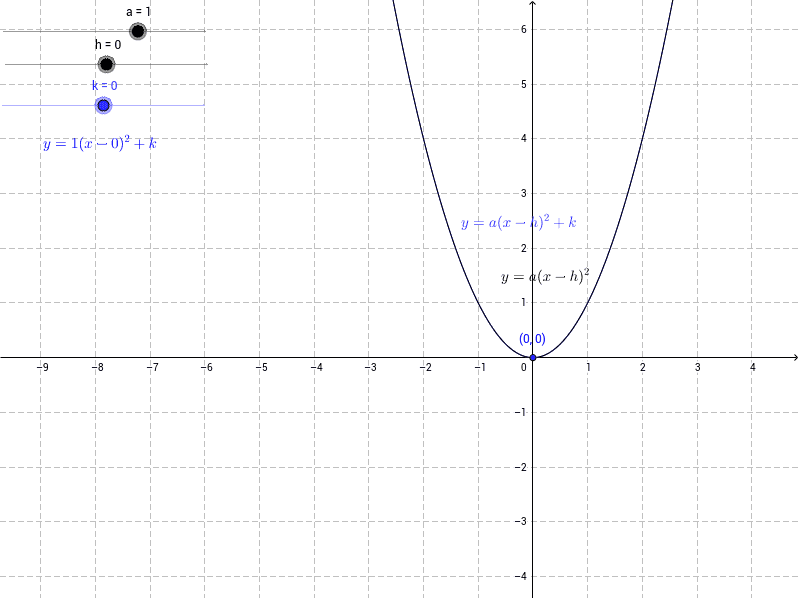



Investigating The Graph Of Y X H 2 K Geogebra




Vertex Form Introduction Video Khan Academy
Analysing the given quadratic function f(x) = a(x−h)2k f (x) = a (x − h) 2 k is in standard form,we have (a) The graph of f is a parabola with vertex See full answer below Become a memberGraph the function f(x) = 2(x 3)(x1) 2 (x 5) Give written explanations for all parts of the graph ("My calculator told me so" is not a valid reason for anything) Test #2 1) Evaluate the following Show all necessary work Be sure to put your answers in standard form0, the graph of f opens
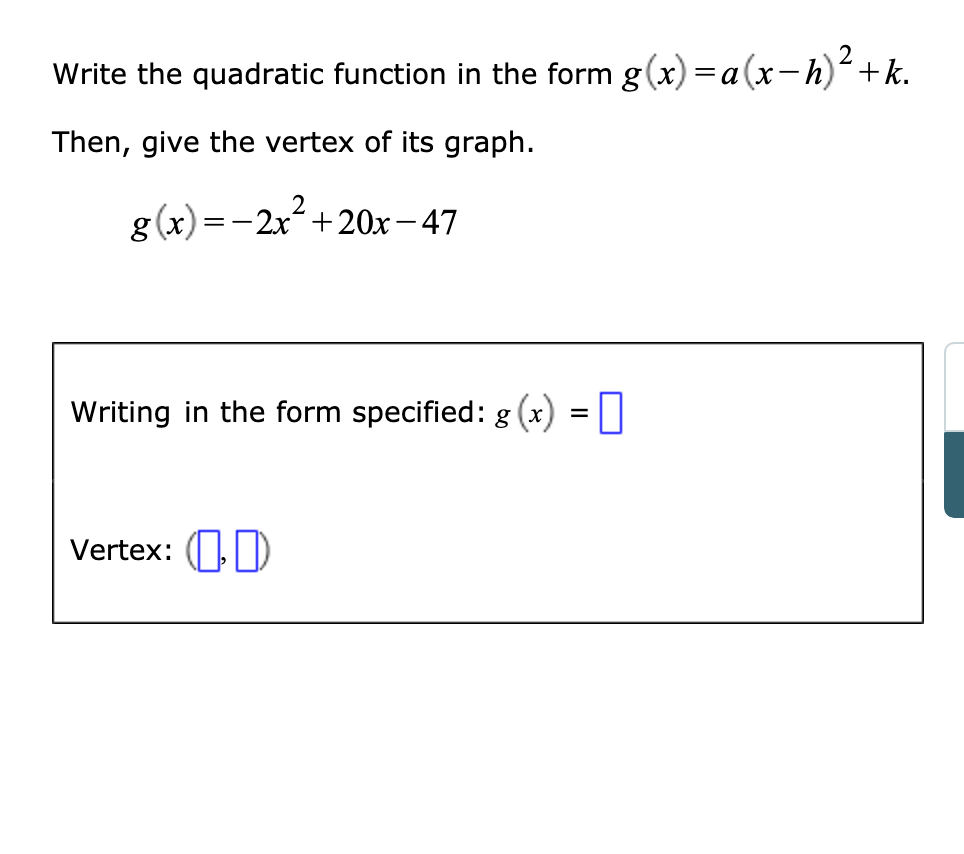



Write The Quadratic Function In The Form Chegg Com
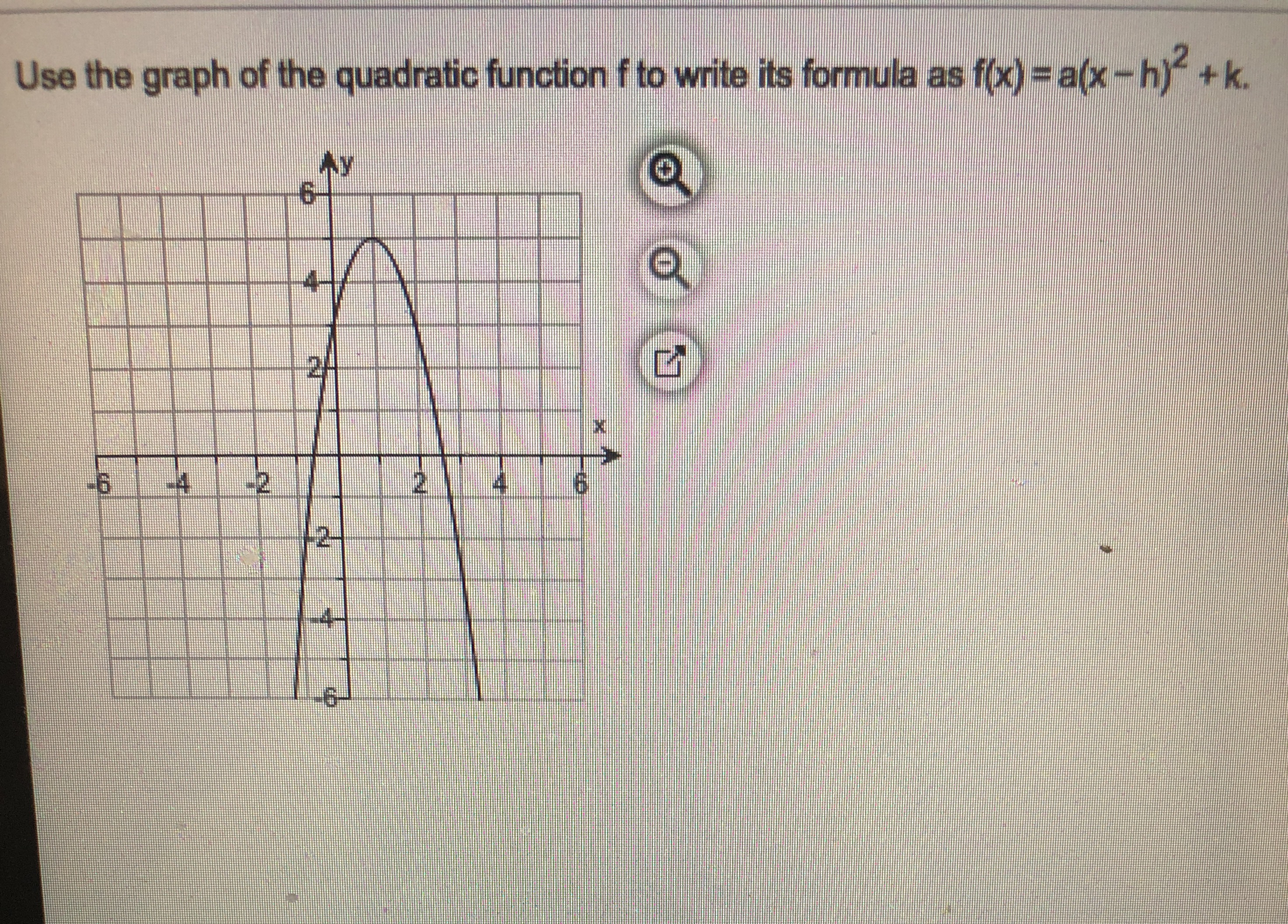



Answered Use The Graph Of The Quadratic Function Bartleby
color(red)( f(x) = (x2)^21) > The vertex form of a quadratic is given by y = a(x – h)^2 k, where (h, k) is the vertex The "a" in the vertex form is the same "a" as in y = ax^2 bx c Your equation is f(x) = x^24x3 We convert to the "vertex form" by completing the square Step 1 Move the constant to the other side f(x)3 = x^24x1 P a g e Algebra 1 Unit 7 Exponential Functions Notes 1 Day 1 Transformations of Exponential Functions f(x) = a(b)xh k Describe the transformations of each variable in the tableF(x) = a(x h) 2 k The a in the vertex form of a parabola corresponds to the a in standard form If a is positive, the parabola will open upwards If a is negative, the parabola will open downwards In vertex form, (h,k) describes the vertex of the parabola and the parabola has a line of symmetry x = h




Graphing Parabolas




Write The Quadratic Function In The Form F X Chegg Com
That is, h is the xcoordinate of the axis of symmetry (ie the axis of symmetry has equation x = h), and k is the minimum value (or maximum value, if a < 0) of the quadratic function One way to see this is to note that the graph of the function ƒ ( x ) = x 2Vertex (1,2) yintercept (0,1) xintercept , 015 Explanation y = a ⋅ (x − h) 2 k is the equation of parabola, with vertex (h,k) y = 3 x 2 6 x 1 = 3 ⋅ ( x 2 2 x 1 ) − 2Explore the parent graph y=x^3 Experiment with the values of a, h, and k What happens to the graph as these values change?




Quadratic Function Wikipedia




8 4 Graphing F X A X H 2 K Youtube
Graphing f (x) = a(x − h)2 k The vertex form of a quadratic function is f (x) = a(x − h)2 k, where a ≠ 0 The graph of f (x) = a(x − h)2 k is a translation h units horizontally and k units vertically of the graph of f (x) = ax2 The vertex of the graph of f (x) = a(x − h)2 k is (h, k), and the axis of symmetry is x = h h f(x) = ax2 y x f(x) = a(x − 2h) k k (h, k)Transform of f(x) = 2 x Back Exponential Functions Function Institute Mathematics Contents Index Home This program demonstrates several transforms of the function f(x) = 2 xYou can assign different values to a, b, h, and k and watch how these changes affect the shape of the graphThis video shows how to use horizontal and vertical shifts together to graph a radical function




2 4 Quadratic Functions Ppt Download




Ppt Graph Of Quadratic Functions Of The Form Powerpoint Presentation Id
The quadratic function f(x) = a(x − h)2 k is in standard form (a) The graph of f is a parabola with vertex (x, y) = (b) If a >Find f(xh)f(x)/h f(x)=x^23x7 Consider the difference quotient formula Find the components of the definition Tap for more steps Evaluate the function at Tap for more steps Replace the variable with in the expression Simplify the result Tap for more steps Simplify each term #h'(x)=f'(x)g(x)f(x)g'(x)# We are ask to find #h'(1)#, or by the product rule #h'(1)=f'(1)g(1)f(1)g'(1)# The values of the functions must be #f(1)=2# and #g(1)=4/3# Remember the derivative gives the slope of any given point, but as we can see in the figures these must correspond, to the slope of the line, which goes through the




3 Ways To Find The Maximum Or Minimum Value Of A Quadratic Function Easily



The Parent Function Of The Function G X X H 2 K Is F X X 2 The Vertex Of The Function G X Is Brainly Com
The highest point is the vertex If x1 and x2 are the x intercepts of the graph then the x coordinate h of the vertex is given by (see formula above) h = (x1 x2) / 2 = ( 4 6) / 2 = 1 We now know the x (h = 1) and y coordinates (k = 6) of the vertex which is a point on the graph of the parabola Hence fThe standard form of a quadratic function presents the function in the form latexf\left(x\right)=a{\left(xh\right)}^{2}k/latex where latex\left(h,\text{ }k\right)/latex is the vertex Because the vertex appears in the standard form of the quadratic function, this form is also known as the vertex form of a quadratic function The standard form is useful for determining66E 67E The quadratic function f ( x) = a ( x − h)2 k is in standard form ( a) The graph of f is a parabola with vertex (____, ____) (b) If a > 0, the graph of f opens ________ In this case f ( h) = k is the _______ value of f (c) If a < 0, the graph of f opens



Solved Use The Vertex H K And The Point On The Graph Xy To Find The Standard Form F X A X H 2 K Of This Equation Quadratic Function Course Hero




Solved For F X A X H 2 K In What Quadrant Is
A quadratic function is a polynomial function of degree two The graph of a quadratic function is a parabola The general form of a quadratic function is f(x) = ax2 bx c where a, b, and c are real numbers and a ≠ 0 The standard form of a quadratic function is f(x) = a(x − h)2 k where a ≠ 0 Mathematics Let f (x) = 3x2– 2x n and g (x) = mx2 – nx 2 The functions are combined to form the new functions h (x) = f (x) g (x) and j (x) = f (x) g (x) Point (6, 2) is in the function h (x), while the point (2, 10) is in the function10 5 Sketch the graph of the function f(x) = x 2 (x–2)(x 1) Label all intercepts with their coordinates, and describe the "end behavior" of f That f(x) is a 4thdegree POLYNOMIAL* function is clear without computing f(x) = x4 – x3 – 2x2 f(x) = x2 (x–2)(x 1) v v The ROOTS of f are 0,0, 2
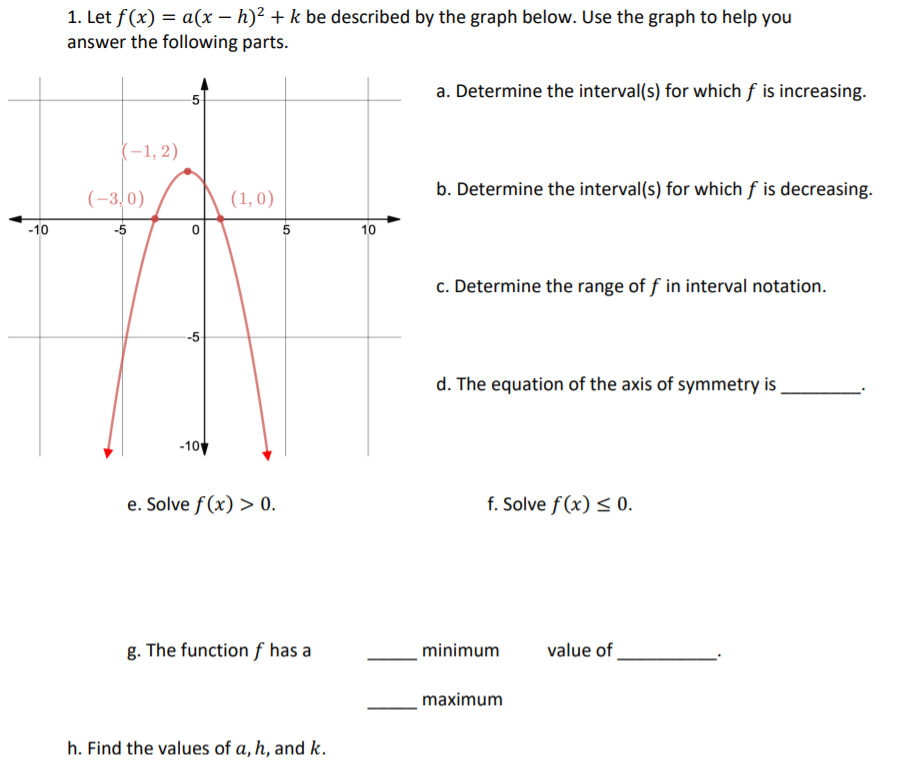



Let F X A X H 2 K Be Described By The Graph Below Chegg Com
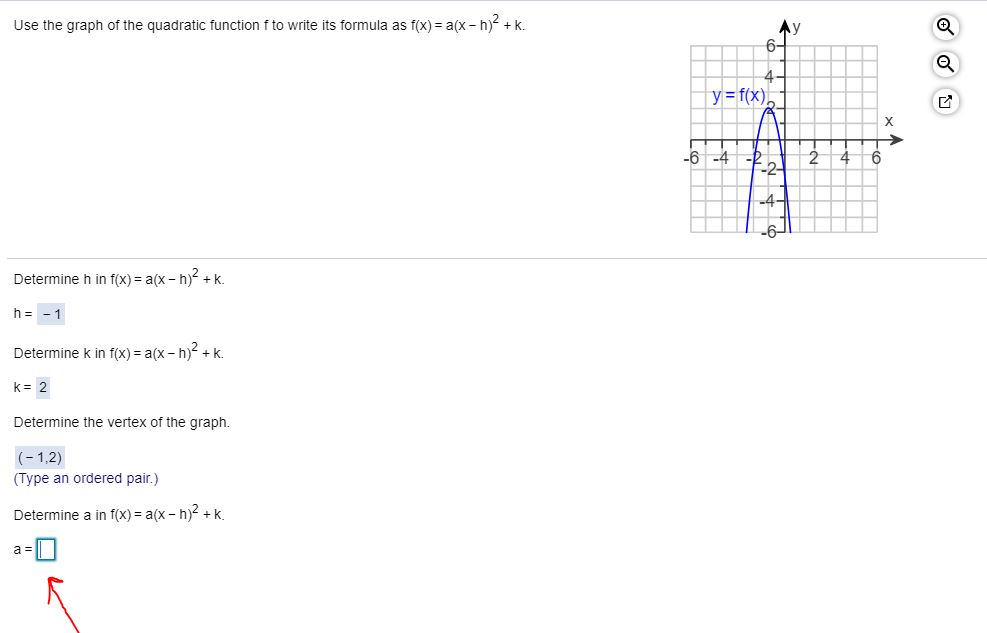



Use The Graph Of The Quadratic Function F To Write Chegg Com




Funcion Cuadratica De La Forma X H 2 K Geogebra



Solved Use The Graph Of A Quadratic Function F To Write Its Formula As F X A X H 2 K F X Course Hero




Unit 5 Quadratic Functions Flashcards Quizlet
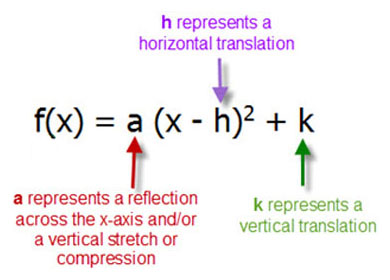



Untitled Document




Graphing Quadratics Vertex Form Algebra Video Khan Academy
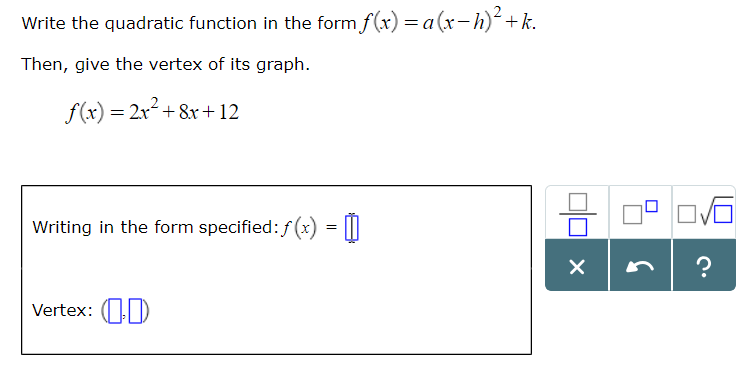



I Need To Write The Given Function In The Form Of Chegg Com
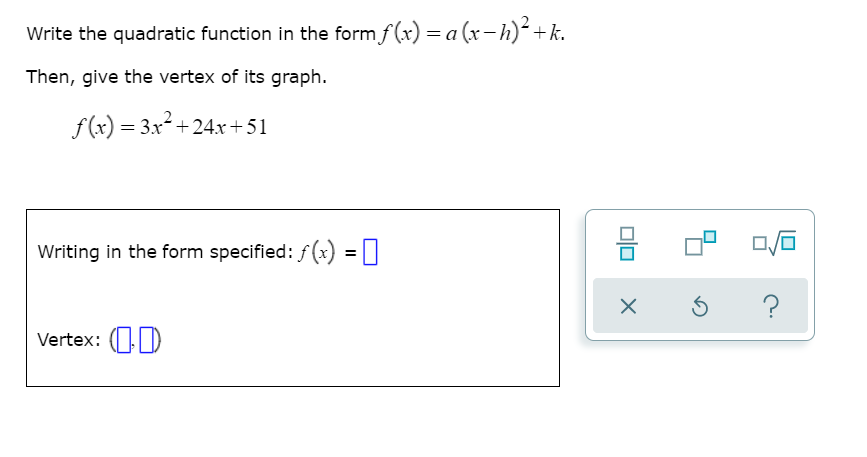



Answered Write The Quadratic Function In The Bartleby
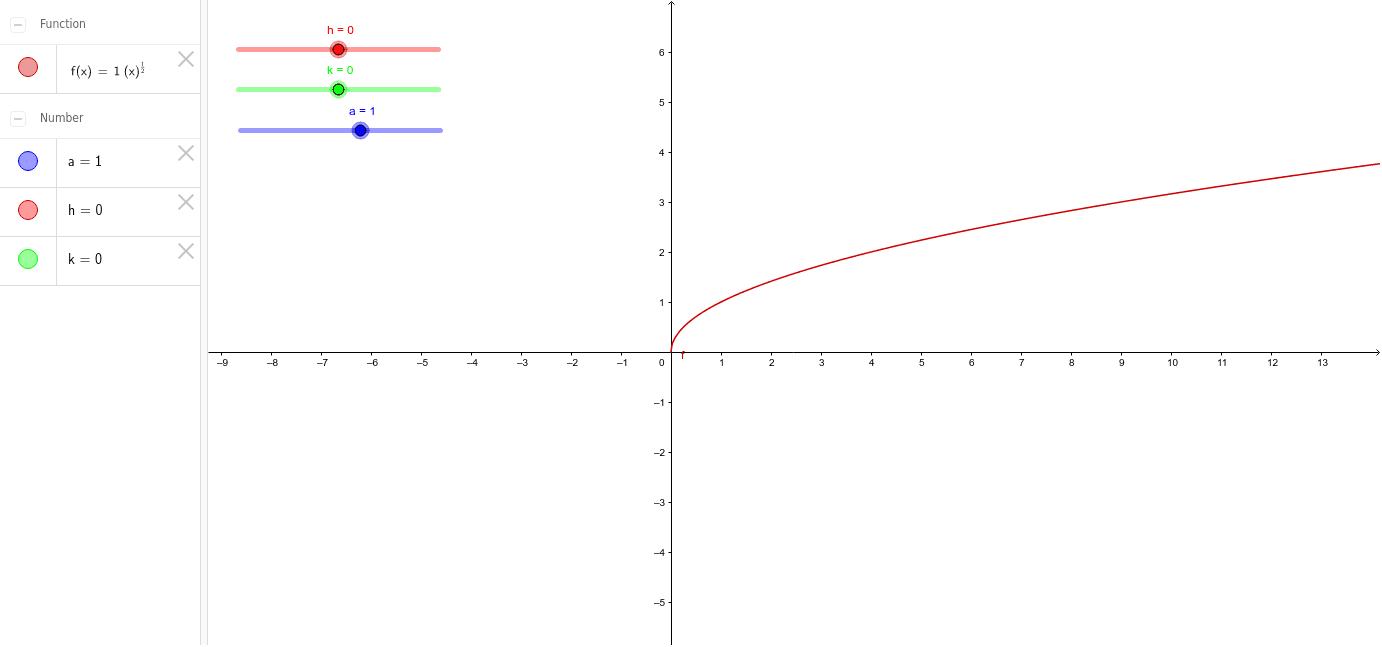



Y A X H 1 2 K Geogebra



Solved The Graph Shows G X Which Is A Translation Of F X X 2 Write The Function Rule For G X Write The Answer In The Form A X H 2 K Course Hero
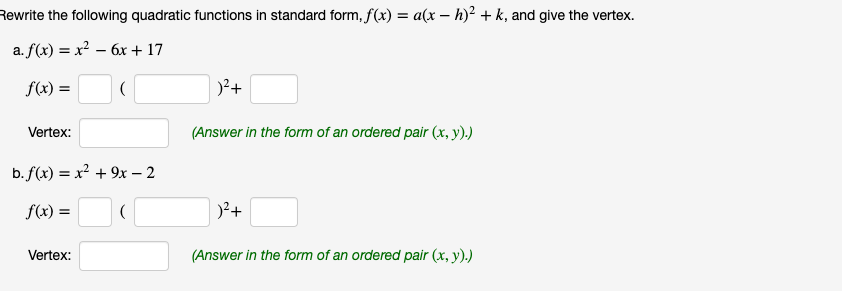



Rewrite The Following Quadratic Functions In Chegg Com




Transform The Following Quadratic Functions In The Form F X A X H 2 K Determine The Values Of A H Brainly Ph




Determine The Quadratic Function Of The Form F X Chegg Com




Graph By Transformations F X A X H 2 K Youtube




F X A X H 2 K F X A X H 2 K F X A X H 2 K




U4 2 5 Funcion De La Forma F X A X H 2 K Parte 2 Youtube
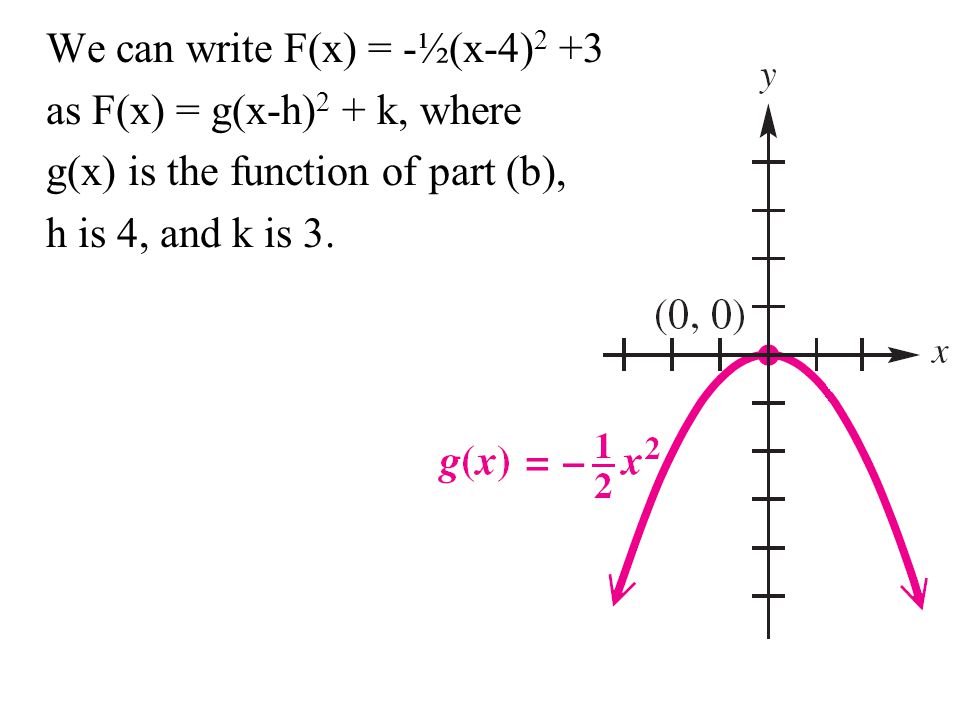



Quadratic Functions And Models Ppt Video Online Download
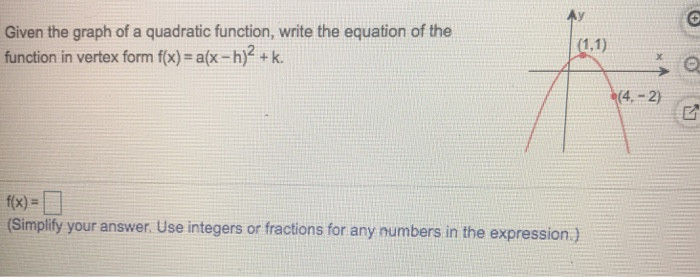



Given The Graph Of A Quadratic Function Write The Chegg Com




Finding Features Of Quadratic Functions Video Khan Academy




F X X H 2 K Prepared By Ansiluz H Betco San Bartolome High School Pptx Powerpoint




Ppt 3 3 Quadratic Functions Powerpoint Presentation Free Download Id
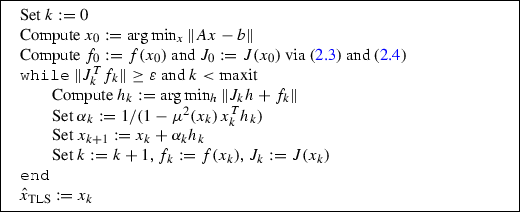



A Gauss Newton Iteration For Total Least Squares Problems Springerlink




Activity Parabolic Paths Algebra Ii Ti Math Nspired




Quadratic Function Wikipedia




How Do You Graph A Translation Of A Function Printable Summary Virtual Nerd




How To Write Quadratic Functions Video Lesson Transcript Study Com




Quadratic Functions




Graphing Parabolas




Ex Write Ax 2 Bx C In The Form A X H 2 K Negative A Youtube



Www Hackensackschools Org Site Handlers Filedownload Ashx Moduleinstanceid 1615 Dataid Filename Vertex form transformations notes day 1 Pdf



Y A X H 2 K Transformations




Transformations Review Vertex Form Y A X H 2 K The Vertex Form Of A Quadratic Equation Allows You To Immediately Identify The Vertex Of A Parabola Ppt Download




Graphing Y A X H K Youtube




Graphing Quadratic Equations




The Graph Of F X Ax 2 All Quadratic Functions Have Graphs Similar To Y X 2 Such Curves Are Called Parabolas They Are U Shaped And Symmetric With Ppt Download




7th Section 8 4 Graphing F X A X H 2 K Youtube




Absolute Value Graph And Function Review Article Khan Academy
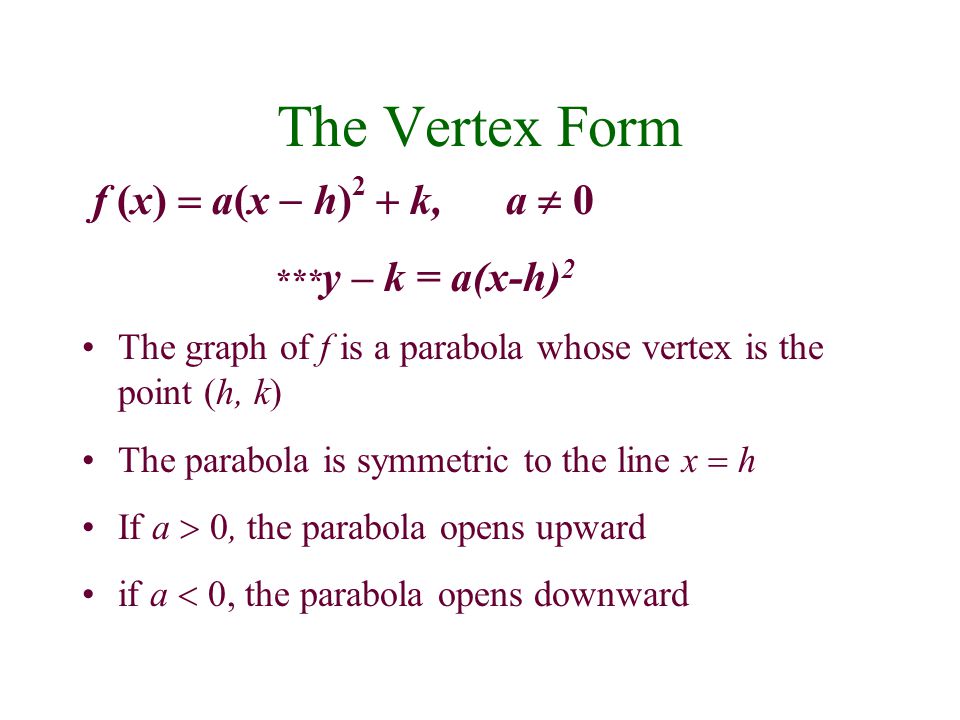



Quadratic Functions Ppt Download




7 1 Graphs Of Quadratic Functions In Vertex Form Pdf Free Download




How To Graph A Quadratic Equation 10 Steps With Pictures



Applying Quadratic Models Mapa Mental




Calgebra A1 8 4 Graphing F X A X H 2 K Youtube
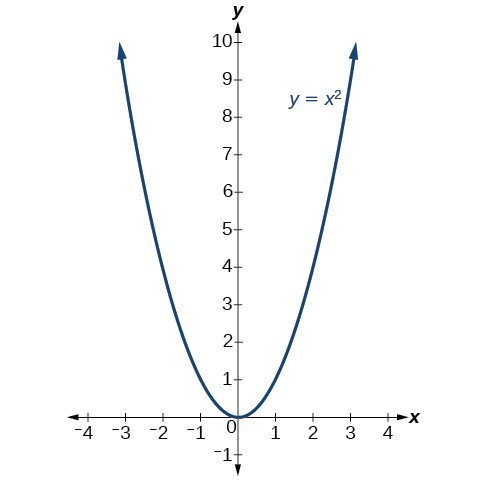



Transformations Of Quadratic Functions College Algebra
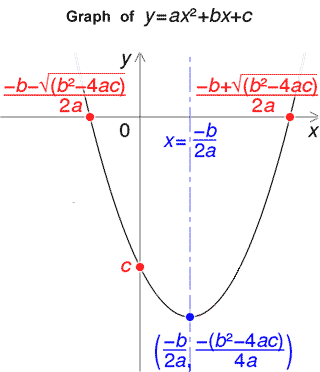



Quadratic Formula Calculator



1




Graphing Quadratic Equations
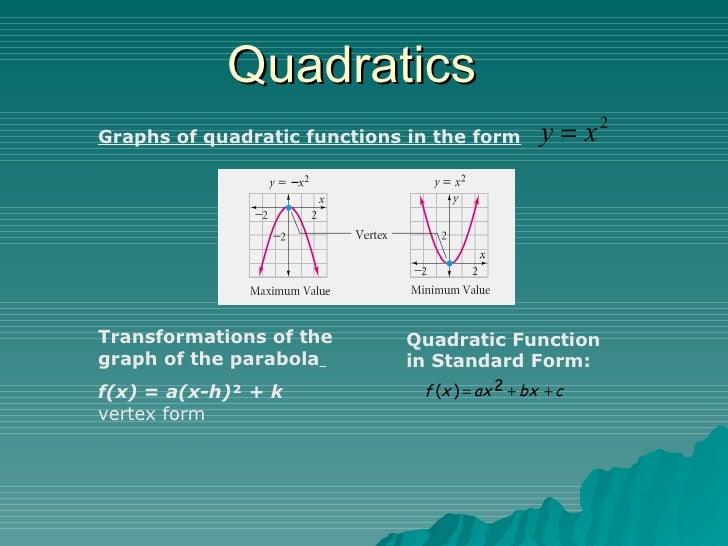



Ch 7 Tutoring Notes Quadratics




How To Graph A Quadratic Equation 10 Steps With Pictures




Quick Review Before Hw Quiz Y A X H 2 K Form Vertex H K Axis X H Up If A 0 Down If A 0 Ex Y X 1 2 4 Y 1 X 1 2 4 A 1




Vce Mathematical Methods Units 1 And 2 4g Graphing Quadratic Functions
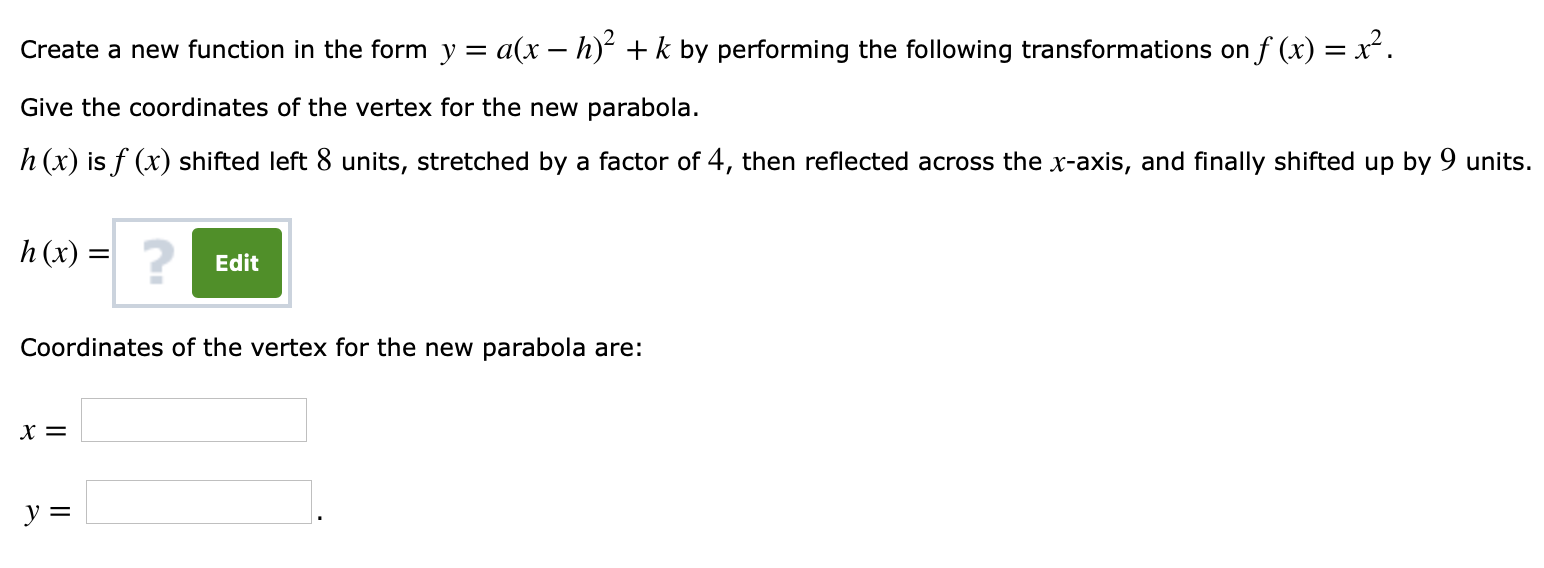



Answered Create A New Function In The Form Y Bartleby




Standard Form To Vertex Form Calculator Mike S Calculators With Steps Free 21




Quadratic Functions Ppt Download




Section 5 3 Transforming Parabolas Standard Form Vs Vertex Form Standard Form Is Y Ax 2 Bx C Vertex Form Is Y A X H 2 K Ppt Download




Transforming Quadratic Functions From General Form To Standard Form



Solution Write The Given Expression In The Form F X A X H 2 K Identify The Vertex F X 6 5x 10x 2



1




Algebra Ii 9 5a Graphs Of F X A X H K Guidelines For Graphing Quadratic Functions Youtube




The Vertex Form Of A Quadratic Function Is F X A X H 2 K What Is The Vertex Of Each Function Brainly Com



Write The Quadratic Function F X X2 2x 6 In The Form F X A X H 2 K By Completing The Square And Ii Graph The Function Submit Graph Need Enotes Com



1



Applying Quadratic Models Mapa Mental




Standard Form To Vertex Form Without Completing The Square Method Algebra 2 Youtube



Solution Write The Quadratic Function In The Form F X A X H 2 K Find The Vertex And Graph The Function A F X X 2 6x B F X X 2 4x 1 C F X 3x 2 10x 2
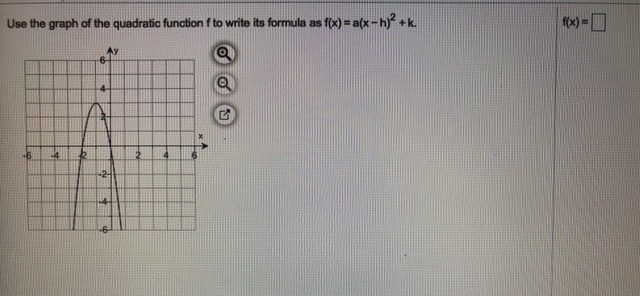



Answered Use The Graph Of The Quadratic Function Bartleby



Solution The Graph Of F X X H K Contains The Points 6 2 And 0 2 The Graph Has A Vertex At H 5 Describe How To Find The Value Of H Then Explain How This Value Translates




What Is Vertex Form Example Get Education
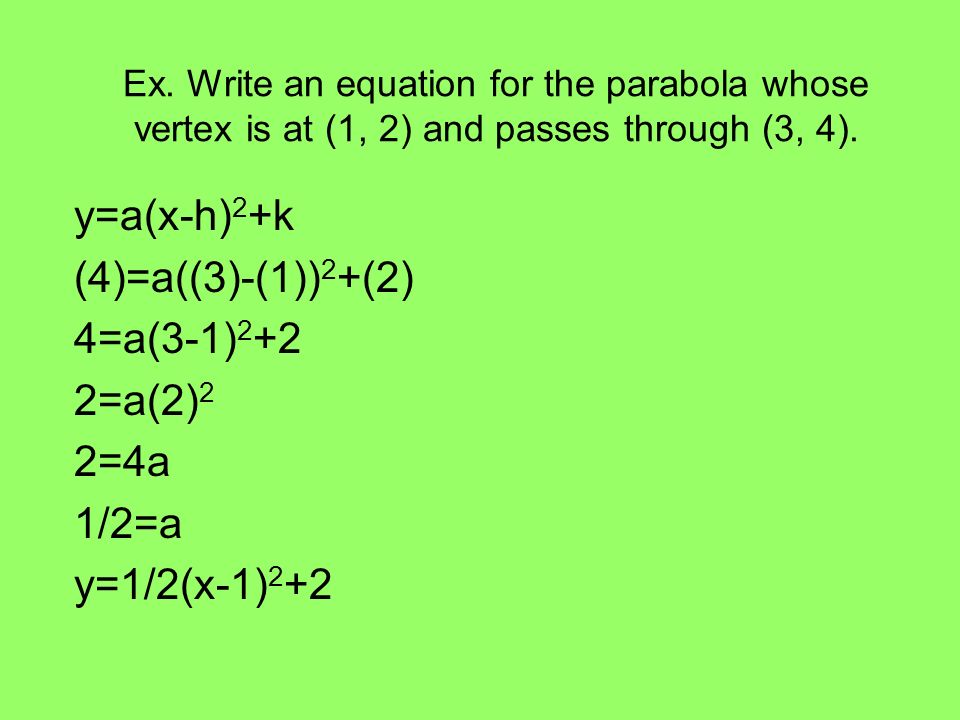



6 6 Analyzing Graphs Of Quadratic Functions Ppt Download



Sections 6 And 8 Quadratics Part 2 And Polynomial Functions
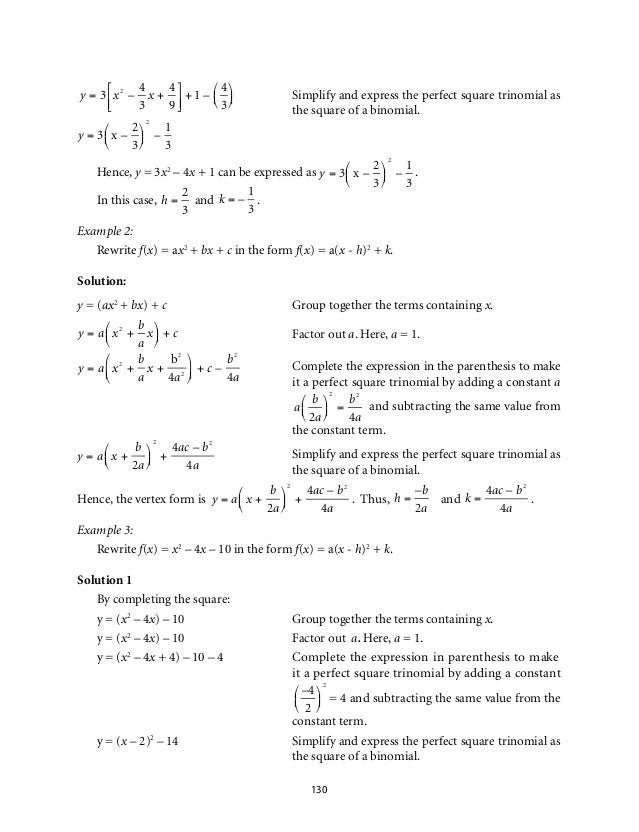



Mathematics Learners Material Module 2 Q




Write The Quadratic Function In F X A X H 2 K Form Whose Graph Is Shown F X Brainly Com




How Do You Convert A Quadratic From Standard Form To Vertex Form By Completing The Square Printable Summary Virtual Nerd




Ppt Graphs Of Quadratic Function Powerpoint Presentation Free Download Id




5 2 Quadratic Functions Mathematics Libretexts




Quadratic Function



Staffweb Psdschools Org Eharding Alg1v Bigideasch 8 A1v8 4notesgraphingf A Xh K Pdf




Quadratic Function Wikipedia




The Following Graph Of F X X2 Has Been Shifted Into The Form F X X H 2 K Brainly Com




Das Minimum Oder Maximum Einer Quadratischen Funktion Bestimmen Wikihow



0 件のコメント:
コメントを投稿